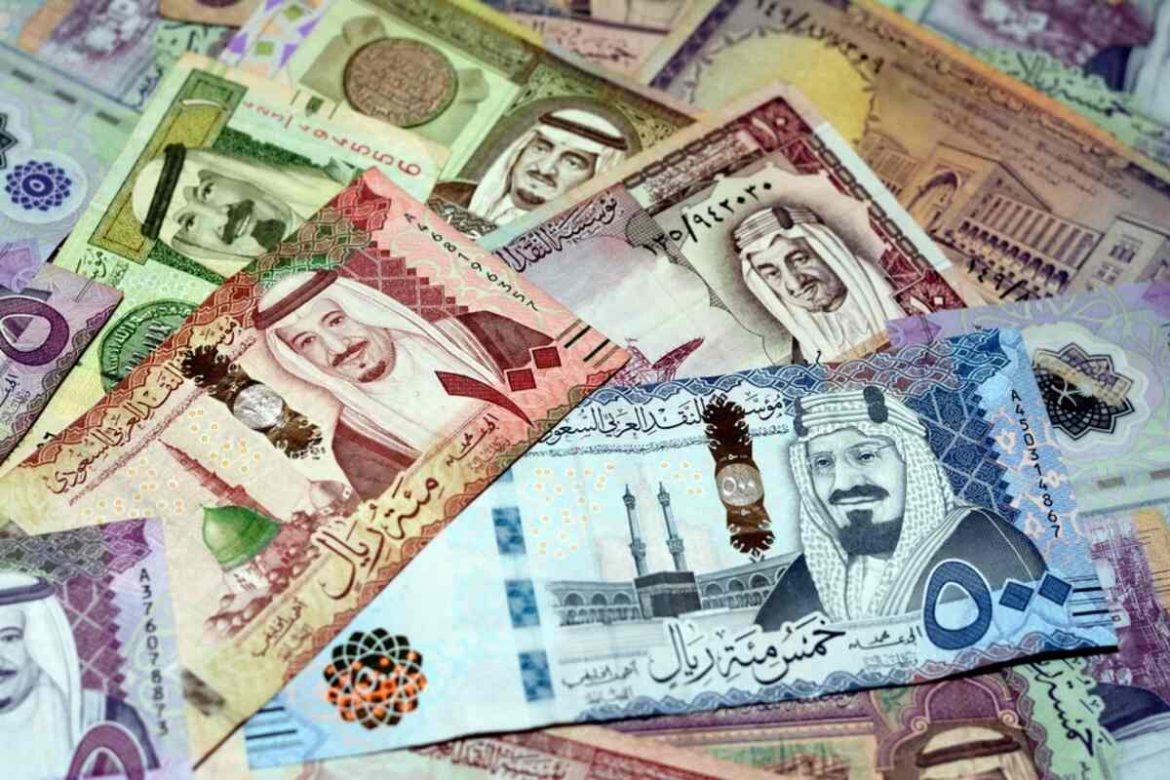Vision 2030 initiatives expected to boost non-oil growth by 10 percent in the Kingdom
Saudi Arabia is forecasted to experience a strong average GDP growth rate of 4.0 percent from 2025 to 2027, according to the report from S&P, compared to just 0.8 percent in 2024. Vision 2030 initiatives are anticipated to bolster non-oil growth in the medium term, driven by increased construction activities and a growing services sector fueled by rising consumer demand and an expanding workforce.
Female labor participation has risen and stabilized at 36 percent since 2022, a significant increase from 17 percent in 1999, the report showed.
The tourism sector, contributing approximately 4 percent of GDP and 9 percent of current account receipts in 2023 (up from 5 percent in 2022), shows considerable growth potential due to improved visa processes and enhanced leisure options.
According to the paper, fiscal risks associated with rising debt issuances by the government and the Public Investment Fund (PIF) are being mitigated through the recalibration of several large infrastructure projects, and S&P expects the government to maintain a net asset position above 40 percent of GDP through 2027.
Read more: Non-oil GDP now represents 52 percent of Saudi economy, Aljadaan says
Strong lending growth is set to continue
S&P forecasts strong lending growth of around 10 percent, driven primarily by corporate lending stemming from the implementation of Vision 2030 projects. At the same time, mortgage lending growth is expected to get a boost from lower interest rates and expanding demographics supporting residential real estate demand.
NPL formation is slowing amid lower rates
The agency further anticipates that NPL formation will be slow given lower interest rates. An increase in NPLs to about 1.7 percent of systemwide loans by the end of 2025 is expected, up from 1.3 percent as of September 2024, as significant write-offs are not foreseen. Credit losses will likely reach 50-60 bps in the next 12-24 months, enabled by banks’ comfortable provisioning cushions.
Corporate leverage is rising
As interest rates decline, an increase in leverage among local companies is expected, with debt accumulation continuing in the private sector, contributing to strong corporate lending growth. While higher leverage levels are anticipated, total private sector debt to GDP is expected to remain below 150 percent in the medium term. In the long term, this could have implications for banks’ asset quality metrics.
Profitability should stay stable
Lower interest rates and the supportive economic environment will support higher lending growth. Credit growth is anticipated to boost banks’ profitability, stabilizing RoA at 2.2-2.1 percent, consistent with the agency’s 2024 estimate. NIM is expected to drop by 20-30 bps by the end of 2025 relative to 2023, as SAMA follows the Fed’s rate cuts to maintain its currency peg. Largely floating corporate lending (50 percent of total loans) will reprice quickly, leading to lower interest income, partly offset by fixed-rate and long-term mortgages (25 percent of the total).
Capitalization remains supportive
S&P highlighted that Saudi banks are well-capitalized, and the agency expects this will continue to support their creditworthiness. They reported a capital adequacy ratio of 19.2 percent at September 30, 2024, well above the minimum capital adequacy requirement of 10.5 percent. Banks are profitable, and their earnings generation is sufficient to cater to asset growth. The agency expects their dividend payout ratio will hover at an average of 50 percent, S&P explained.
Liquidity pressures persist amid rapid lending growth
Lending growth has outpaced that of deposits, pushing banks to seek alternative funding sources. In the second half of 2024, the banking system shifted to a net external debt position, close to 1 percent of total loans. The agency expects this external debt buildup to continue in the next couple of years and anticipates that SAMA would intervene if liquidity tightens.

Banks are turning to external debt and alternative funding
Saudi banks’ reliance on external funding will continue due to Vision 2030 investment needs, though recent mortgage-backed securities initiatives may help. The Saudi Real Estate Refinance Company (SRC) and Hassana’s initiatives to issue residential mortgage-backed securities, along with SRC’s agreement with Blackrock, could help attract local and foreign capital and unlock liquidity to support Vision 2030. The Saudi banking sector has seen mergers create dominant “national champions.” Although this has resulted in a concentration of market share and raised competitive pressure on smaller institutions, overall industry dynamics regarding broader financial stability remain sound. The trend for economic risk is viewed as stable, mirroring banks’ resilient asset-quality indicators and still-moderate economic imbalances with a contained increase in inflation-adjusted real estate prices.
The trend for industry risk is also viewed as stable, reflecting the expectation that SAMA will maintain close supervision of the banking system and banks’ risk-adjusted profitability while their net external debt position remains manageable, the report concluded.
